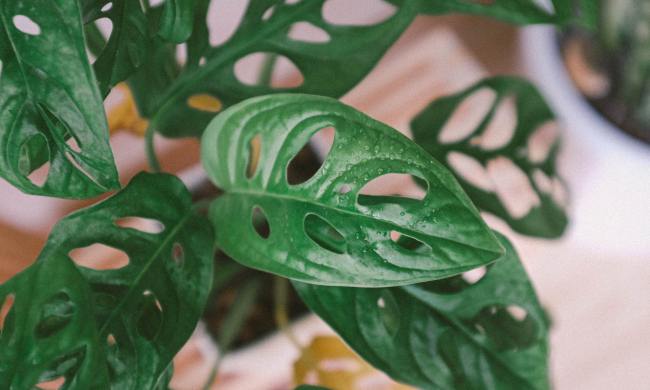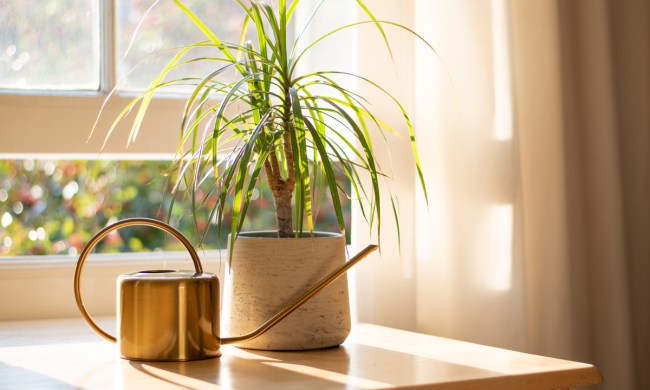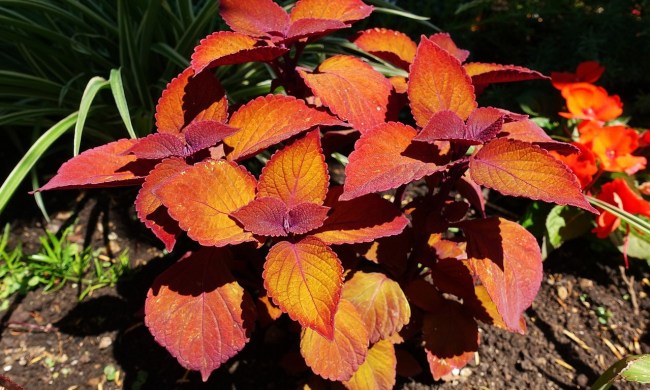There’s nothing wrong with loving a more traditional starter plant like the pothos or philodendron, but sometimes the odd foliage varieties out there will just light a spark inside of you. As you familiarize yourself with indoor plants, you might find yourself gravitating toward plants with peculiar-shaped foliage or striking colors. From hoya hearts to coral cacti, we’ve compiled a list of our favorite weird houseplants and tell you how to care for them.

Nerve plant
The nerve, or fittonia, plant is a low-growing, deep green plant with veins that can appear white, pink, or red, depending on the variety. True to its name, it has a reputation for being a “nervous” plant that droops when you ignore it — so make sure it receives plenty of humidity and consistent watering to survive. This common houseplant isn’t hard to track down — you’ll find it at your local garden center, nursery, or even supermarket.
Living stone
Living stones are definitely one of the quirkiest plants out there, taking on the appearance of, well, rocks. They usually have a gray pebble color, but you’ll find plenty with brown, orange, pink, and green tinges, as well. Available in the succulent sections of many garden centers, these peculiar plants are easy to maintain. Be careful not to overwater them — you only want to give them water when the soil dries out.
Dolphin succulent
String of dolphin succulents, or senecio peregrinus, look like their name suggests — the plump leaves take the shape of dolphins. While previously tricky to track down, you can now find them in many garden centers inside of hanging baskets. You can keep them as houseplants as long as they receive bright, indirect sunlight. As with most succulents, water your string of dolphins sparingly to avoid root rot.
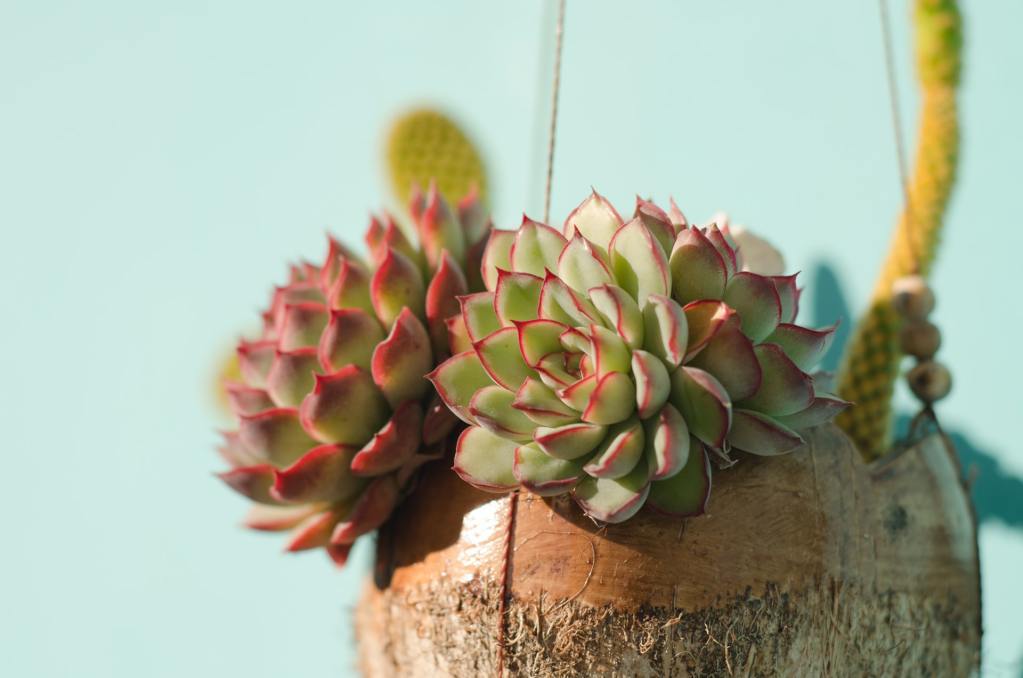
Lipstick echeveria
The lipstick echeveria, or echeveria agavoides, is an echeveria succulent that has been literally sun-kissed. When succulents become stressed from extra sunlight, they turn different colors. This rosette-like echeveria, popular in succulent sections of garden centers, has a reddish tinge around the edges of its thick, trianglular leaves. The more sun it receives, the redder it will become!
Hoya heart
One perfect gift for your sweetheart is a hoya heart plant, or the hoya kerrii. As you’ve probably guessed, these plants have heart-shaped leaves, which makes them popular at nurseries around Valentine’s Day. They aren’t very picky when it comes to care requirements — give them plenty of bright indirect light and never leave them in wet soil. Note that while single-leaf kerrii plants are popular, they will remain at one heart without nodes for growth.
Zig-zag cactus
One of the quaintest succulents out there, the zig-zag cactus resembles a fishbone with its alternating, flat stem pattern. Individual branches can grow up to six feet long, and they become tinged with a red flush when your plant gets extra sunlight. You can usually find this plant in the succulent section of your garden center or online. Water this plant deeply but infrequently and make sure it receives plenty of bright light.
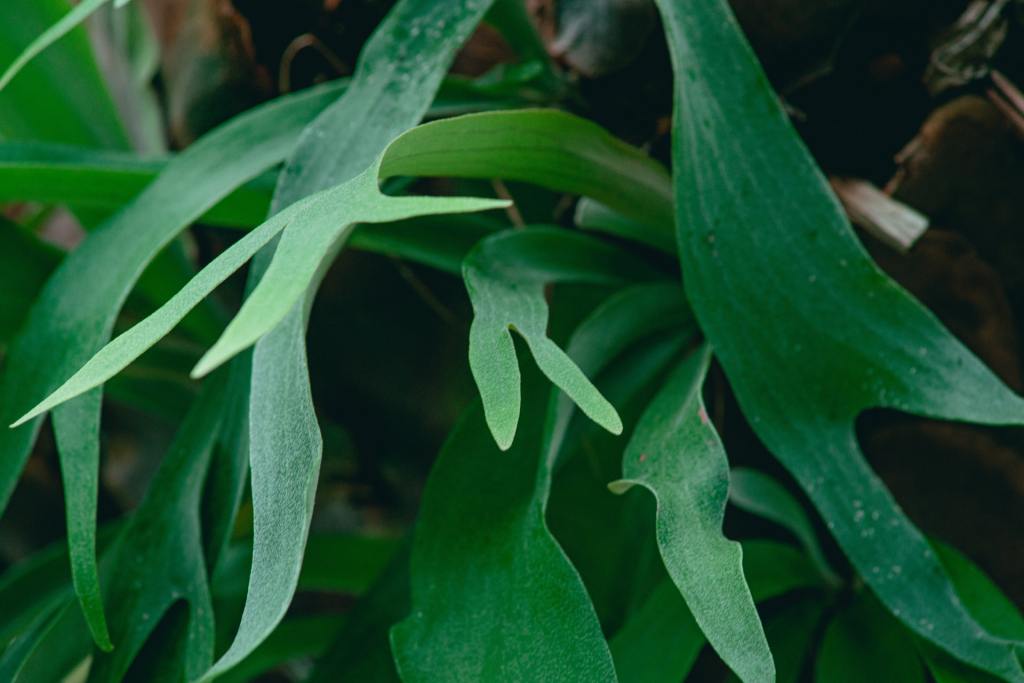
Staghorn fern
The staghorn fern, or platycerium bifurcatum, is one of the most stunning ferns you’ll come across in your houseplant journey. Their fleshy, fuzzy fronds resemble deer antlers, and you can even mount them onto boards. They’re relatively accessible in garden centers and online, and they’re not as high maintenance as many other ferns. They appreciate shady spots and moderate humidity. Unlike high-maintenance ferns, staghorns don’t require excessive watering and can tolerate some drought.
Rex begonia
Rex begonias boast stunning leaves. The crinkled and shimmery foliage comes in hues of silver, dark green, and burgundy to add a pop to your houseplant collection. They’re common at nurseries and supermarkets, so they’re relatively easy to find. Begonias do have a reputation for being finicky. They prefer bright indirect light and weekly watering with plenty of humidity. Make sure you’re using a humidifier or keep them on a tray of pebbles with water — direct misting can cause mildew problems.
Rabbit succulent
The rabbit succulent, or monilaria obconica, is one of the cutest plants out there. When it’s small, the rabbit succulent produces tiny bunny ears, although these eventually thin out as they grow. These plants are rare, so you’ll have to look online to purchase seeds. These plants are more cold tolerant than your typical succulents, but you’ll still want to give them moderate brightness and water them sparingly.
Coral cactus
The coral cactus is really two plants: the euphorbia neriifolia base grafted with the euphorbia lactea crest. The former more or less looks like a cactus, while the latter has a rippled, fan-like shape. The coral cactus enjoys bright light, moderate watering, and warm temperatures. Be careful with the sap, which is toxic and can irritate the skin. This plant is rarer than some of the plants we’ve mentioned, but you’ll still be able to find it online and occasionally at big-box stores.
There’s a whole world of weird indoor plants out there, and many of these stranger plants are relatively accessible. More often than not, these quainter plants don’t have finicky requirements, so they’ll thrive next to your more conventional selections. Whether you’re into a cute hoya heart or shimmery begonia rex, you’ll find a standout plant for your collection.

